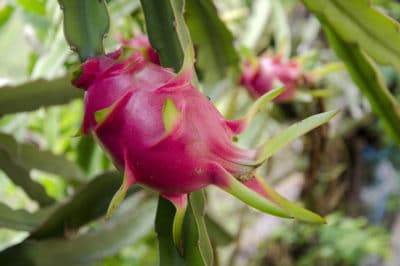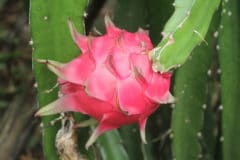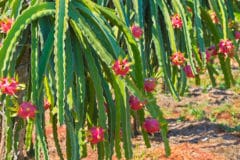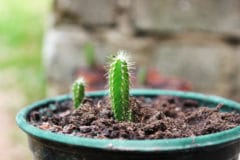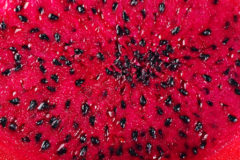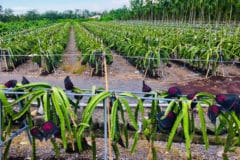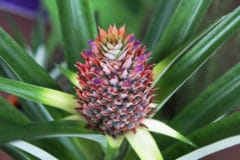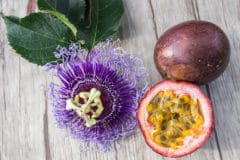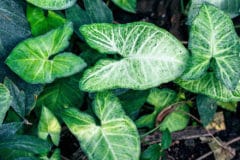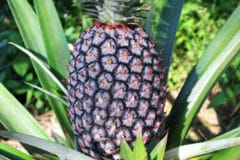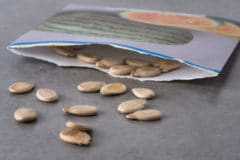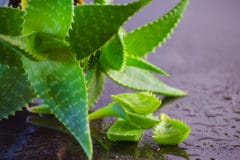Locating a Dragon Fruit
Dragon fruit needs a warm climate and at least six to eight hours of sun every day. If you live in USDA Zones 10 or 11, you have just what you need to grow the plant outdoors. In colder climates, dragon fruit can often be grown outdoors in containers and moved inside for the winter. In truly cold areas, the sun room or greenhouse are the only option.
Choosing Dragon Fruit Varieties
Although there are multiple cultivars, dragon fruit varieties basically fall into one of three groups:
- Hylocereus undatus or white-fleshed pitahaya – bright pink skin and white flesh; most commonly grown.
- Hylocereus costaricensis or red-fleshed pitahaya – both skin and flesh are magenta or deep pink.
- Hylocereus megalanthusor yellow pitahaya – skin is bright yellow and flesh is white.
Temperatures for Dragon Fruit
Dragon fruit will do best with a growing temperature between 65 and 85°F (18 and 29°C). However, too much heat can damage the plant and cause wilting. Temperatures above 100°F (38°C) cause problems – so moderate the heat with mist systems or shade. Dragon fruit is very frost-sensitive – temperatures below 32°F (0°C) will quickly kill the plant.
Soil for Dragon Fruit
In its native environment, dragon fruit grows in sandy, fast-draining soil. Commercial cactus mix is readily available and a good choice for your plant. In the garden, a raised bed with soil amendments like perlite, vermiculite and coarse builder’s sand should offer proper conditions. For containers, you can use either of these soil mixes.
Watering Dragon Fruit
Over-watering is often the biggest potential problem you’ll have when growing dragon fruit. Excess water and soggy soil will quickly lead to root rot and kill the plant. Water only when the soil is clearly dry, but before the plant starts to wilt. Drip irrigation helps remove the temptation to over-water and ensures the plant has adequate moisture.
Harvesting Dragon Fruit
Most dragon fruit plants are pollinated by insects, although a few varieties are self-pollinated. Once the flower blooms, fruit begins to develop almost immediately. Most dragon fruits take about 30 days to develop and ripen. They can be harvested when the skin is fully colored. A dragon plant can have five or six cycles of blooming and fruit development each year.
